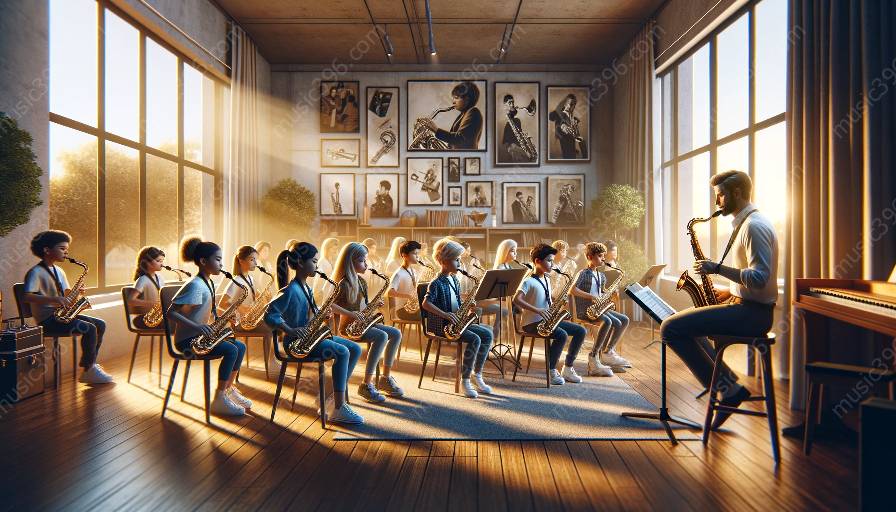Contemporary music production has seen a resurgence of the saxophone, with its rich timbre and versatility playing a significant role in various genres. The saxophone, once predominantly associated with jazz, has found its way into pop, rock, and electronic music, creating captivating and distinctive sounds that enhance the overall musical experience. This article explores the evolving role of the saxophone in contemporary music production, its impact on music education, and provides insights into saxophone lessons that cater to aspiring musicians seeking to master this instrument.
The Resurgence of the Saxophone in Contemporary Music
While the saxophone has been a staple in jazz and classical music for decades, its recent resurgence in contemporary music has brought about a new era in sound exploration and sonic diversity. Artists across various genres, including pop icons, indie bands, and electronic music producers, have embraced the saxophone's emotive and expressive qualities, using it to enrich their compositions and create a unique sonic identity.
In pop music, the saxophone has featured prominently in hit songs, contributing to their catchy melodies and memorable hooks. Its soulful and dynamic nature provides a refreshing contrast to more traditional pop instrumentation, adding depth and character to the overall sound. Moreover, the saxophone's ability to adapt to different musical styles has made it a sought-after instrument for musicians and producers looking to push the boundaries of conventional music production.
Impact on Music Education and Instruction
The resurgence of the saxophone in contemporary music has also impacted music education and instruction, with many aspiring musicians expressing a growing interest in learning and mastering the instrument. Schools, music academies, and private instructors have adapted their curricula to accommodate the rising demand for saxophone education, offering comprehensive lesson plans and performance opportunities to students eager to explore its unique sonic capabilities.
Furthermore, the inclusion of the saxophone in music education programs has broadened students' musical horizons, exposing them to new genres and styles that go beyond traditional classical and jazz repertoire. This expansion of musical diversity has enriched music education, fostering an appreciation for artistic experimentation and innovation among the next generation of musicians.
Finding Saxophone Lessons
For individuals keen on mastering the saxophone and harnessing its potential in contemporary music production, finding the right saxophone lessons is crucial. Whether you're a beginner looking to start your musical journey or an experienced player seeking to enhance your skills, reputable music schools and experienced instructors offer diverse lesson packages tailored to different proficiency levels.
Quality saxophone lessons not only cover fundamental techniques and music theory but also emphasize creative expression and improvisation, essential elements for contemporary music production. Additionally, specialized workshops and masterclasses provide valuable insights into the integration of the saxophone within modern music production, enabling students to explore innovative ways of incorporating the instrument into their compositions.
Conclusion
The saxophone's resurgence in contemporary music production has reshaped the sonic landscape, adding a new dimension of expression and artistry to modern compositions. Its impact on music education has fueled a renewed interest in saxophone instruction, empowering aspiring musicians to explore its expressive capabilities and contribute to the evolving tapestry of contemporary music. With the availability of saxophone lessons catering to different skill levels, individuals passionate about integrating the saxophone into their musical endeavors can embark on a fulfilling journey of learning and mastery.
















































